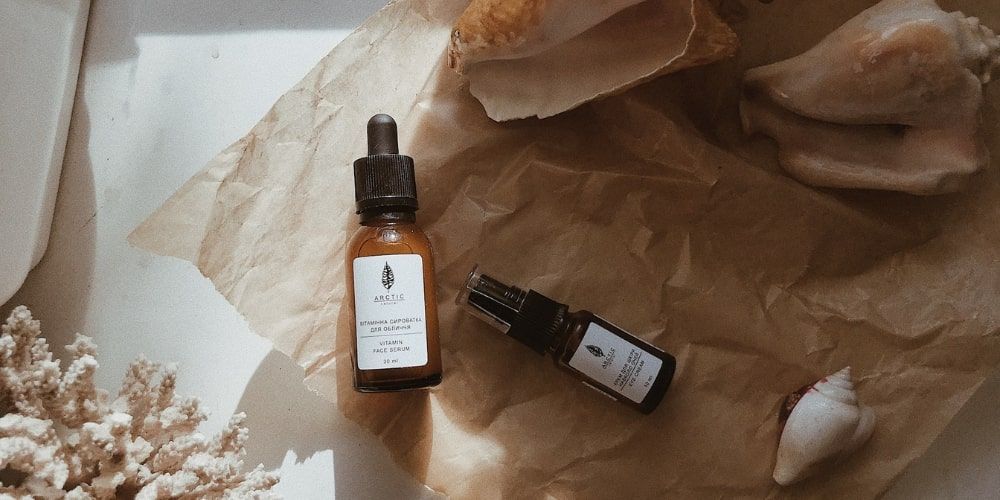Packaging for cosmetics is not merely a protective casing or a container, but a silent ambassador, whispering the brand's story into the consumer's consciousness. Within the beauty industry, it's the first tactile interaction a consumer has with the product, setting the stage for the experience that follows. The colors, the texture, the design, and even the weight of the packaging, all subtly contribute to the narrative of allure and desirability.
This powerful influence of packaging on cosmetic product appeal is a fascinating interplay of design, psychology, and marketing, shaping consumer perceptions and driving purchasing decisions. As we delve deeper into this topic, we'll explore how the humble packaging transcends its basic function to become a pivotal element in the cosmetic industry's success.
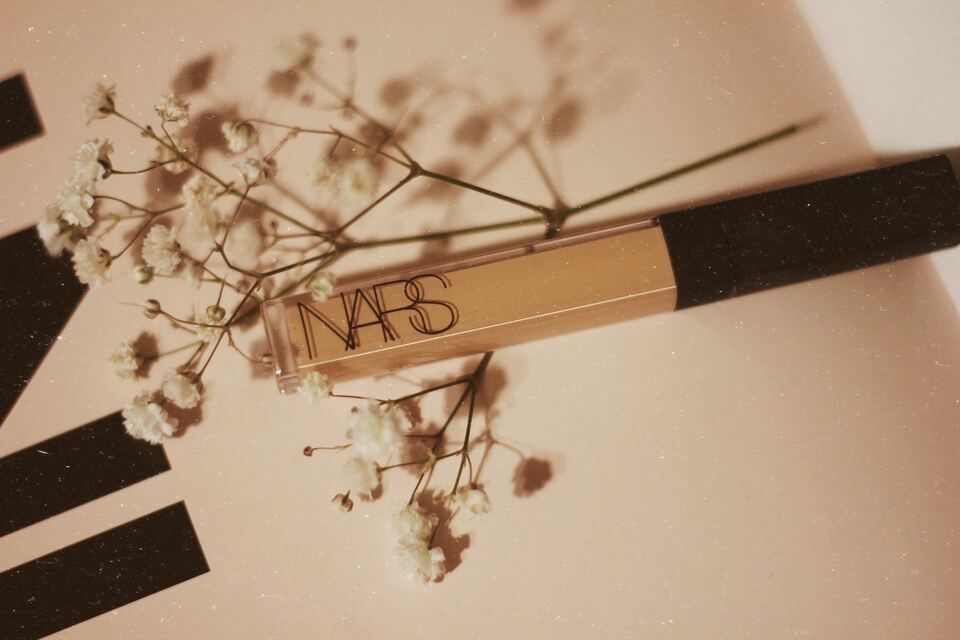
The Power of Packaging in Cosmetics
Let's consider the iconic Tiffany Blue Box. While not a cosmetic product, it serves as a perfect example of how packaging can become synonymous with luxury, quality, and desirability. The mere sight of this distinctive robin-egg blue box evokes a sense of anticipation and excitement, even before the contents are revealed.
In the cosmetic industry, brands like MAC and NARS have mastered the art of packaging. MAC's sleek black containers exude a professional, high-fashion vibe, aligning perfectly with the brand's image. On the other hand, NARS' minimalist packaging with its soft-touch, matte black finish and clean lines, communicates a sense of modern elegance and sophistication.
Another great example is the brand Glossier, which has revolutionized the beauty industry with its 'less is more' approach. Its minimalist, Instagram-friendly packaging, often in soft pink with bold, simple typography, has become a signature style. The packaging resonates with their target audience, who value authenticity and simplicity, making their products instantly recognizable and highly desirable.
Then there's the luxury skincare brand, La Mer. Known for its high-end products, La Mer's packaging – with its clean, white containers and silver accents – communicates the brand's commitment to quality and luxury. The packaging, much like the product, feels rich and indulgent, enhancing the overall appeal.
These examples illustrate how packaging can amplify the appeal of cosmetic products. It's not just about containing the product; it's about communicating the brand's story, values, and promise to the consumer. The power of packaging lies in its ability to create an emotional connection, making the product not just a purchase, but an experience.
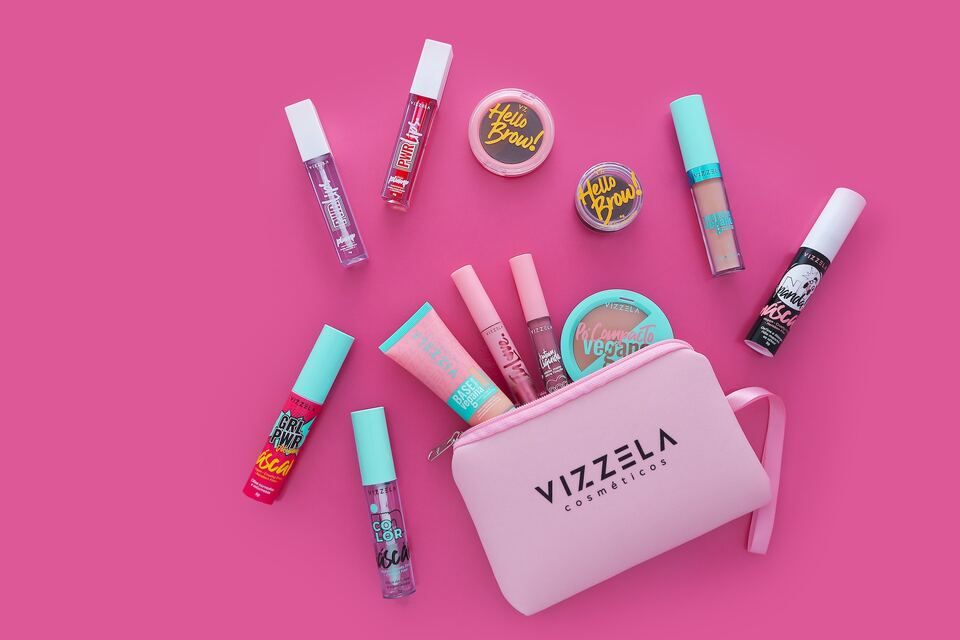
The Psychology Behind Packaging and Consumer Behavior
The influence of packaging on consumer behavior extends far beyond its aesthetic appeal. It taps into the realm of psychology, subtly guiding consumers' perceptions and decisions. Let's explore some of the key elements of packaging and their psychological impact.
- Color: Color is a powerful psychological tool in packaging design. Different colors evoke different emotions and associations. For instance, green often signifies natural or organic products, while black can denote luxury and sophistication. Brands like Lush use green extensively in their packaging to reinforce their commitment to natural ingredients, while Chanel often uses black to convey a sense of timeless elegance.
- Shape: The shape of the packaging can also influence consumer perception. Unique or unconventional shapes can make a product stand out on the shelf and can convey a sense of innovation or creativity. For example, Benefit Cosmetics often uses quirky, distinctive shapes for their products, aligning with their fun, playful brand image.
- Material: The material used in packaging can significantly impact the perceived value of a product. High-quality materials can make a product feel more luxurious and justify a higher price point. Additionally, the tactile experience - the feel of the packaging in the consumer's hand - can also influence purchasing decisions. Brands like Estée Lauder often use glass and metal in their packaging, enhancing the perception of quality and luxury.
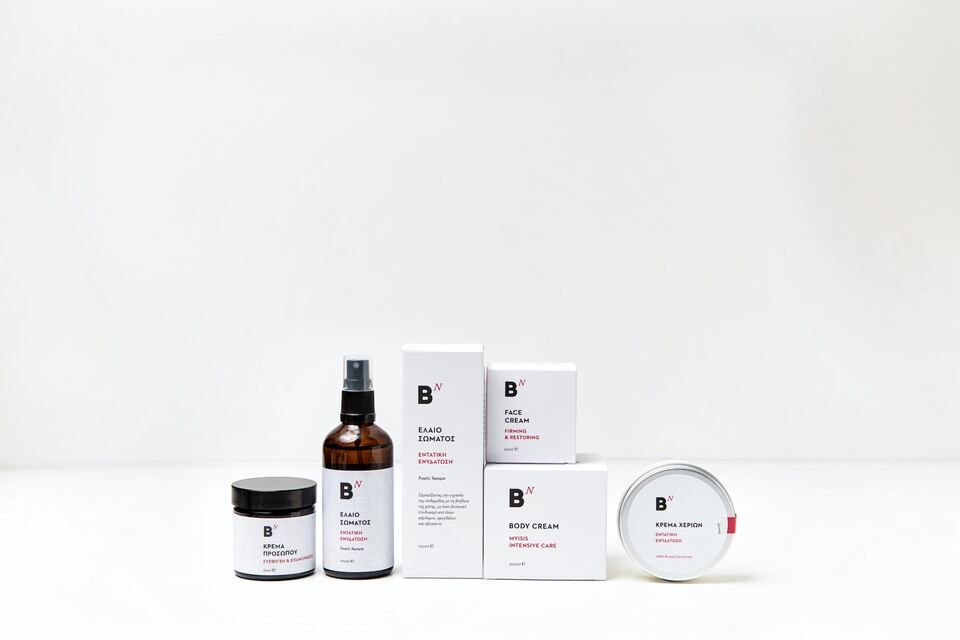
The Future of Cosmetic Packaging
As we look towards the future, the cosmetic packaging landscape is set to evolve in exciting ways, driven by technological advancements, changing consumer preferences, and a heightened focus on sustainability. These emerging trends will continue to shape consumer behavior and redefine the cosmetic industry's approach to packaging.
Sustainability
With increasing awareness about the environmental impact of packaging waste, sustainability is no longer a niche trend but a mainstream expectation. Brands are exploring eco-friendly materials, refillable containers, and minimalist designs to reduce their environmental footprint. For instance, brands like Lush are pioneering 'naked' or zero-waste packaging, while others like Kjaer Weis offer refillable options for their products. As consumers become more environmentally conscious, sustainable packaging will play a significant role in their purchasing decisions.
Innovative Designs
Innovation in packaging design is another key trend. This could range from unique shapes and structures that enhance user experience, to smart packaging that incorporates technology for added functionality. For example, some brands are exploring the use of QR codes on packaging to provide consumers with additional product information or augmented reality experiences. Such innovations can enhance consumer engagement and influence their perception of the brand.
Inclusivity
As the cosmetic industry becomes more inclusive, packaging design is evolving to reflect this diversity. This includes designing packaging that is easy to use for people of all abilities. Brands like Grace Beauty have introduced add-ons for popular cosmetic products to make them more accessible for people with disabilities. This focus on inclusivity is likely to influence consumer behavior, as consumers increasingly value and support brands that cater to diverse needs.
Personalization
With the rise of e-commerce and digital printing technologies, personalized packaging is becoming more feasible and affordable. This could range from including the customer's name on the packaging to designs tailored to their preferences. Personalization can create a unique connection with the consumer, enhancing their sense of belonging and loyalty to the brand.
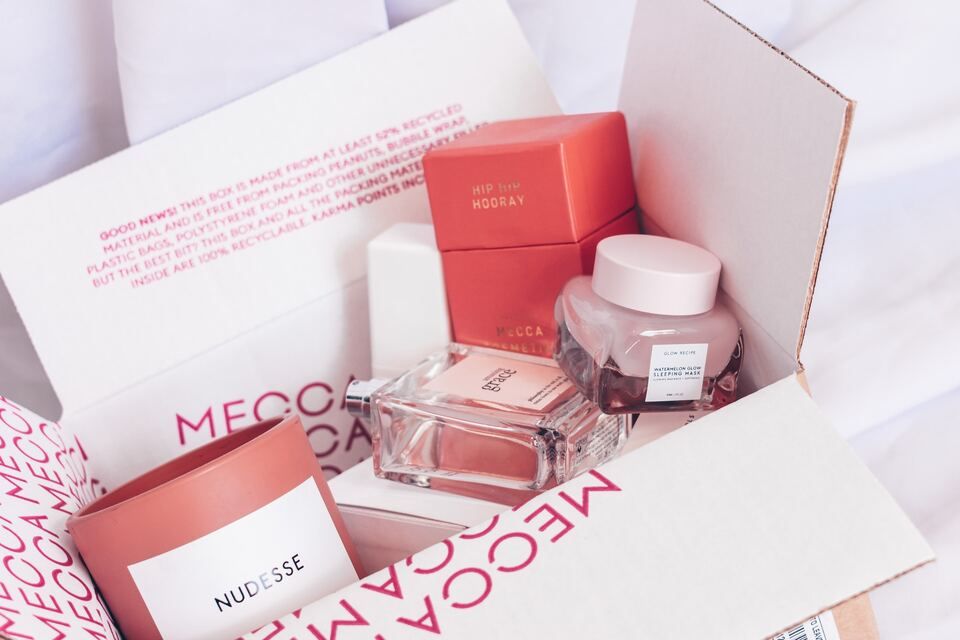
Closing Thoughts
As we've journeyed through the world of cosmetic packaging, it's clear that its role extends far beyond simply containing a product.
We've seen how elements like color, shape, and material can evoke specific emotions and associations, subtly guiding consumers' perceptions and decisions. We've also explored how packaging serves as a silent ambassador for a brand, communicating its story, values, and promise to the consumer.
Looking ahead, the future of cosmetic packaging is set to be exciting and dynamic. With a heightened focus on carbon footprint, innovative designs, inclusivity, and personalization, packaging will continue to evolve to meet changing consumer preferences and needs.
In conclusion, the power of packaging in the cosmetic industry cannot be underestimated. It's a pivotal element in the success of cosmetic products, playing a crucial role in enhancing product appeal and influencing consumer behavior. As the industry continues to evolve, the importance of packaging will only continue to grow, making it a key area of focus for any brand looking to succeed in the vibrant and competitive world of cosmetics.
